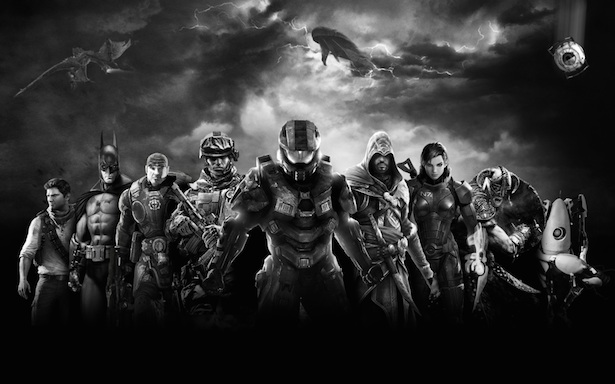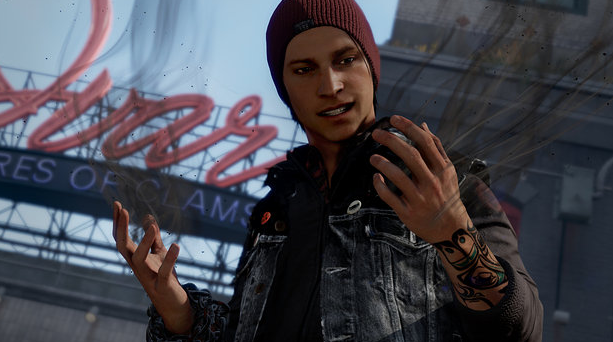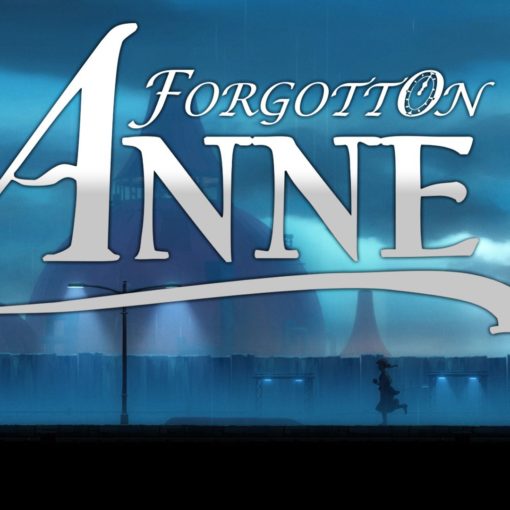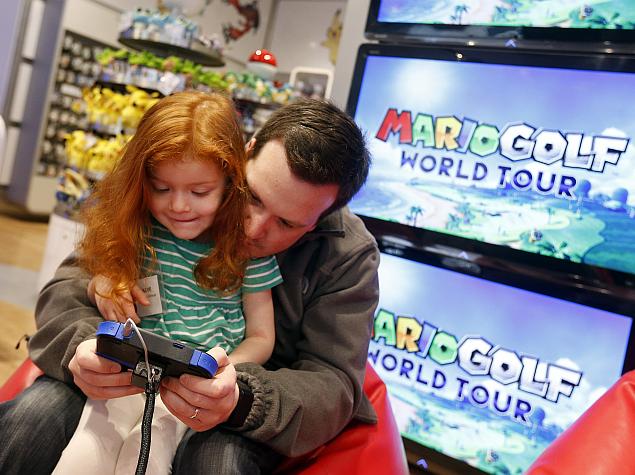When it comes to “good” writing, we’re told to avoid tropes and clichés. The given reason is that they are over-done, flat, or ineffective, but that’s not really a fair picture. The reason that tropes and clichés have become tropes and clichés is that they are effective…when they are complicated and fully integrated into the core of the text.
The issues with clichés come about when they are used as a shortcut to affect the audience. Ominous music, lighting cues, or common narrative tropes can become campy, rather than effective, when used poorly. And when it comes to characters, these clichés often combine to create the Mary Sues (or Gary Stus) of narrative. These are the Bella Swans and the Anastasia Steeles, the empty characters who are (debatably) likable because of their lack of development. As far as character creation goes, whether for movies, TV, written works, or video games, these are “bad” characters only so much as they can be called flat. And, mostly, we really only care about 2-D characters when they are protagonists (such as Steele or Swan) or the main supporting character. No one really puts up a fuss if Reporter #3 doesn’t have a well-developed personality and backstory. When it comes to a fully developed world, those stock characters become essential to avoid overwhelming the reader/player/viewer with extraneous information and irrelevant tangents. In their proper place, these clichéd characters are essential to “good” writing. They allow us to focus on the main characters and storylines while also filling out the world where the protagonists live…
…and stock characters make great victims.
The thing about victimized stock characters is that they are utterly pitiable. Lacking any development, there is nothing to get in the way of our sympathy when bad things happen to them. They are the victims of racism in Skyrim, the rape victims in the streets of Red Dead Redemption, and the brutalized women in the cut-scenes of LA Noir. We cringe and understand the true brutality and harshness of these worlds because racism is irrational and horrifying and rape and abuse are abhorrent. We hate these things. We hate the people who do them. And we feel justified in shooting, stabbing, or arresting them because they are BAD people.
But do you remember the name of any of the victims?
This is not an argument against open-world games like those created by Bethesda and Rock Star. In many ways, the constant ugliness of the world and the NPCs in it is a character in and of itself. In games like Red Dead or shows like Game of Thrones, it’s the objectification and constant exposure to these kinds of abuses that let us know how harsh the world really is. It’s horrible because of its ubiquity. The problem isn’t that these worlds exist–it’s that these are often the only portrayals victims get.
Recently, there’s been a huge media uproar surrounding Ray Rice’s atrocious treatment of his fiancé and the blatant failure of the NFL in responding. Rice’s behavior is unacceptable, and symptomatic of larger issues of domestic abuse and attitudes towards women. But in nearly all of the media coverage, Rice’s then- fiancé (now wife) has been turned into real-life NPC. She is nameless (constantly referred to by her relationship status with Rice, rather than her name), voice-less, and personality-less. Janay Palmer, a real victim of a real, horrible crime, is reduced to a sound bite…because, as soon as our victims have actual personalities, we get responses like Stephen A. Smith’s horrific addendum that women need to “make sure [they] don’t do anything to provoke wrong actions.”
Smith’s response is infuriating, but it’s not rare. If anything, it’s how we (as a society) have been trained to respond to victimhood. It is easy to defend a victim who is 2-D because there is nothing about them to criticize. They don’t have tempers. They don’t make bad decisions. They don’t dress certain ways, work the “wrong” jobs, say the “wrong” words, or make mistakes. They are utterly defined by their victimhood. When we make games filled with stock character victims, we are condemning the atrocity of the acts without facing the horror of what that means for an actual person and that’s fine in its context, but it’s not enough.
Fiction, literature, art, games…their purpose is not to be didactic. To turn them into conduits for learning is to demean the rich and varied utility of art and creative works. But, regardless of whether learning is their only purpose, it is an undeniable reality. Mary Sues (or, more accurately, minimally developed supporting characters and NPCs) are not inherently bad. They fill an important role in fiction and act as symbols for larger issues and cultures in the world. What is problematic is when the only victims are stock characters. The atrocity of the crimes are understood, but the continuing impact on people is not, because stock characters aren’t people. They are symbols – important, but easily dismissed.
Art reflects our world, ethics, or societies, and we take away messages from those reflections, (whether intended or otherwise). The most memorable games are those that take moments others treat as 2-D and make us dwell in them. They make us live through the hardest moments and fully realize the consequences. Games like Brothers don’t just use death as a plot point…they make you live with it, even if it’s only for a few hours. The Day the Laughter Stopped uses grayed out options to show the powerlessness that victims of rape deal with. There are no “right” choices that can avoid a traumatic outcome. Games that dwell in the consequences of trauma should not be the only types of games, but they are necessary and they are rare.
Victim blaming comes when we only know how to deal with victimhood in abstract terms and, for some players, the first experience they have with traumas such as rape or murder or racism will be through fictional media. It’s important that, in addition open-world treatments of cultural issues, people also have ways to experience these issues in ways that maintain the severity of the crime even in the face of personhood. In fiction and in play, we need victims who are defined by more than the abuse they’ve suffered if we are really going to change the way we think about these issues. We need to give voices to our Mary Sues.




